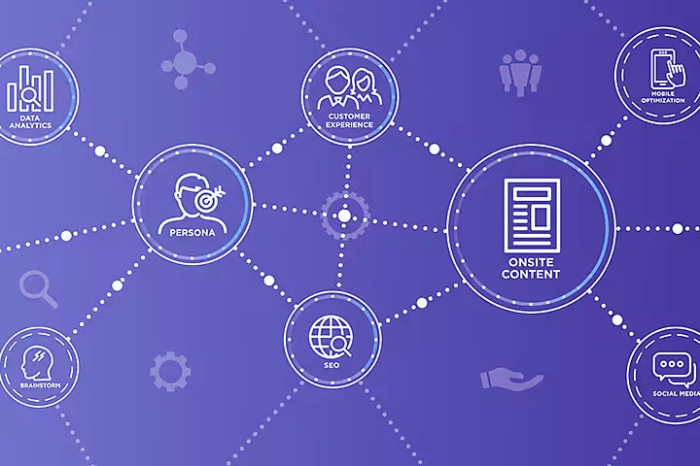Using social media to support activities such as producing maps has emerged as a game-changer in the field of cartography. By harnessing the power of social media platforms, individuals and organizations can now gather geospatial data, collaborate on map-making projects, and create more accurate and up-to-date maps.
This comprehensive guide delves into the multifaceted ways in which social media is transforming map production, exploring its benefits, challenges, and future directions. Through real-world examples and case studies, we will demonstrate the transformative potential of social media in this critical domain.
Methods of Using Social Media for Map Production

Social media platforms offer a wealth of opportunities for gathering geospatial data and creating maps. One method is through crowdsourcing, where users contribute their own observations and data to a central platform. This approach has been successfully employed in projects such as OpenStreetMap, where volunteers have mapped vast areas of the world using GPS devices and satellite imagery.
Another method is through the use of social media feeds. By monitoring and analyzing social media content, researchers can extract geospatial information such as location-based tags, hashtags, and check-ins. This data can then be used to create maps that reflect the movement of people, the distribution of events, and the popularity of certain locations.
Benefits of Using Social Media for Map Production: Using Social Media To Support Activities Such As Producing Maps
Using social media for map production offers several advantages:
- Increased accessibility:Social media platforms are widely accessible, allowing anyone with an internet connection to contribute to map creation.
- Collaboration:Social media facilitates collaboration between mapmakers, allowing them to share data, ideas, and expertise.
- Real-time updates:Social media provides a platform for real-time updates, ensuring that maps are always up-to-date with the latest information.
Case Studies of Social Media in Map Production

Numerous successful projects have demonstrated the potential of social media for map production:
- OpenStreetMap:A collaborative project that has created a free and open-source map of the world using data contributed by volunteers.
- CrisisMappers:A volunteer organization that uses social media to gather and disseminate information during emergencies, often creating maps to visualize the affected areas.
- Mapillary:A platform that collects and shares street-level imagery, allowing users to create interactive maps that provide a detailed view of their surroundings.
Challenges and Limitations of Using Social Media for Map Production

While social media offers significant benefits for map production, it also presents certain challenges:
- Data accuracy:Social media data can be unreliable or incomplete, requiring careful validation and verification.
- Privacy concerns:Social media data can reveal sensitive information about individuals, raising privacy concerns.
- Specialized skills:Using social media for map production requires specialized skills in data analysis, GIS software, and social media monitoring.
Future Directions for Social Media in Map Production

The future of social media in map production is promising, with emerging trends and technologies expected to further enhance its capabilities:
- Artificial intelligence:AI techniques can automate data extraction and analysis, improving the accuracy and efficiency of map production.
- Mobile mapping:The increasing use of mobile devices with GPS capabilities will facilitate the collection of real-time geospatial data.
- Virtual and augmented reality:VR and AR technologies can create immersive mapping experiences, allowing users to interact with maps in new ways.
Answers to Common Questions
How can social media be used to gather geospatial data?
Social media platforms allow users to share their location and geotagged content, which can be harnessed to create valuable geospatial datasets. For example, Twitter data has been used to map the spread of infectious diseases, while Instagram photos have been used to track urban development.
What are the benefits of using social media for map production?
Social media offers several benefits for map production, including increased accessibility, improved collaboration, and real-time updates. By leveraging social media, mapmakers can reach a wider audience, engage with stakeholders, and incorporate up-to-date information into their maps.
What are the challenges of using social media for map production?
While social media offers many benefits, it also presents some challenges for map production. These challenges include data accuracy, privacy concerns, and the need for specialized skills. It is important for mapmakers to carefully consider these challenges and develop strategies to mitigate them.